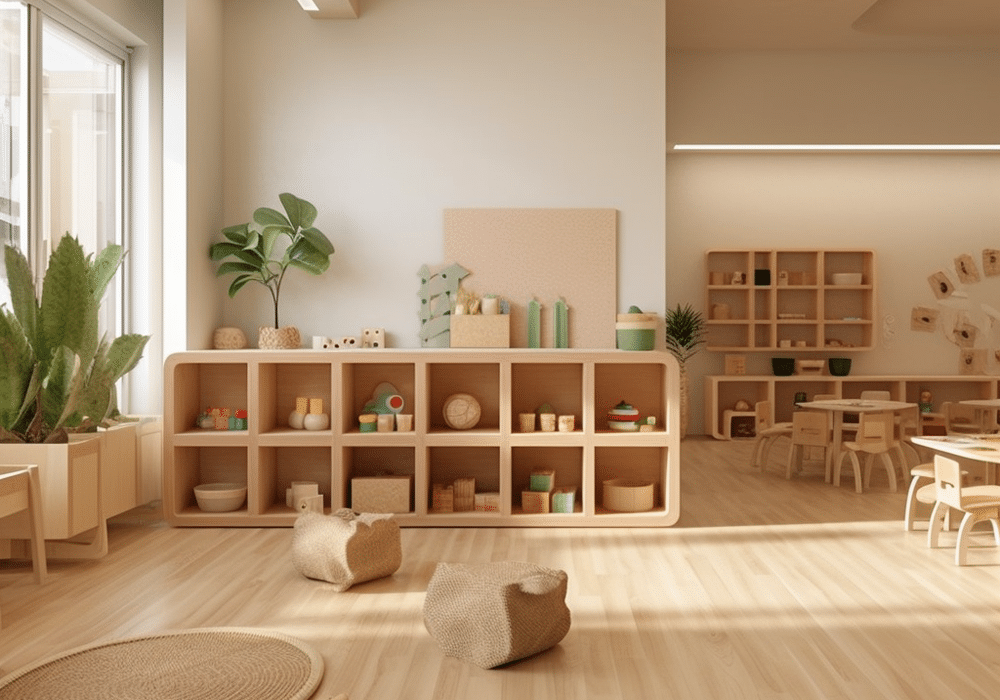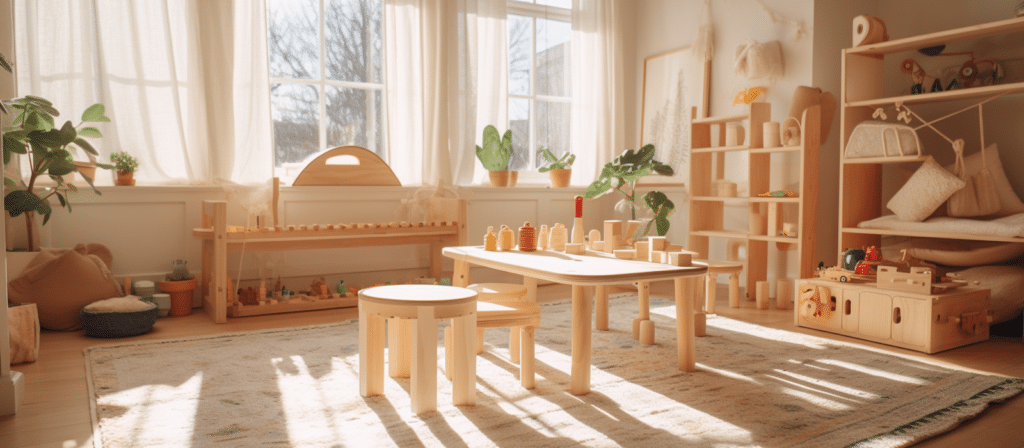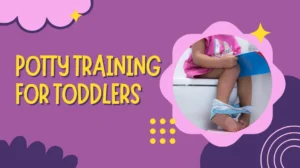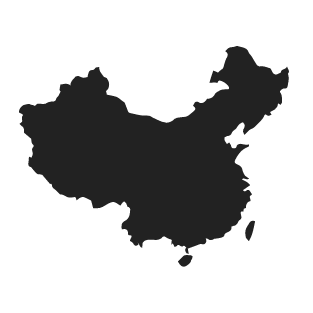Are you curious about how Montessori shelving units can transform learning spaces and enhance the presentation of educational materials? Join us on a journey as we dive into the world of Montessori shelving units and discover how they play a pivotal role in creating organized, inviting, and child-centered environments.
When it comes to Montessori education, organization and accessibility are paramount. The use of shelving units allows for a visually appealing display of materials, making it easier for children to locate and select items on their own. These units are designed with the child in mind, promoting independence and autonomy in the learning process.
Why are Montessori shelving units so important?
Montessori shelving units serve multiple purposes. Firstly, they provide a designated space for each material, ensuring that everything has its place. This promotes organization and cleanliness, which are important aspects of a Montessori environment. Secondly, the open shelves allow for easy visibility and accessibility. Children can see the materials at a glance and choose what they want to work with. This enhances their decision-making skills and fosters a sense of responsibility for their own learning.
Aesthetically speaking, Montessori shelving units can be both functional and visually pleasing. With various designs and materials available, you can find units that complement the overall ambiance of your classroom. From natural wood finishes to vibrant colors, there is a shelving unit to suit every style and preference.

What are the different types of Montessori shelving units?
There are several types of shelving units that are commonly used in Montessori classrooms. Let’s take a closer look at each one:
- Low, open shelves: These are the most common type of shelving units in a Montessori environment. They are designed to be at the child’s eye level, allowing for easy access and independent exploration. The open design ensures that the materials are easily visible and inviting to the child.
- Cubby shelves: Cubby shelves are a versatile option for storing a variety of materials. With individual cubbies, each item has its own designated space, promoting organization and tidiness. These shelves are particularly useful for storing smaller materials, such as manipulatives or art supplies.
- Mobile shelving units: For classrooms with limited space or a need for flexibility, mobile shelving units are an excellent choice. These units come with wheels, allowing for easy movement and reconfiguration. This versatility enables educators to create different learning zones or adapt the classroom layout as per the needs of the children.
- Wall-mounted shelves: Wall-mounted shelves are a space-saving option for classrooms with limited floor space. These shelves can be installed at different heights to accommodate children of various ages. They are ideal for displaying books or showcasing children’s work, adding a personal touch to the learning environment.
How can Montessori shelving units enhance the learning experience?
Montessori shelving units are more than just a storage solution; they play a significant role in the learning experience of children. Here are some ways in which these units enhance the educational journey:
- Promoting independence: By providing a visually organized and accessible space for materials, shelving units empower children to make independent choices about their learning. They can easily locate and select materials that spark their interest, allowing for a self-directed and personalized learning experience.
- Developing order and responsibility: Montessori shelving units teach children the importance of order and responsibility. Each material has a designated place, and children learn to return items to their respective spots after use. This fosters a sense of orderliness and accountability from an early age.
- Encouraging sensory exploration: Montessori materials are designed to engage children’s senses and promote hands-on learning. Shelving units provide an inviting display of these materials, enticing children to explore and engage with their senses. The open shelves allow for easy manipulation and interaction with the materials, enhancing the learning experience.
- Creating a visually appealing environment: Montessori classrooms are known for their aesthetically pleasing environment. Shelving units, with their organized and visually appealing display of materials, add to the overall ambiance of the classroom. This creates a calm and inviting space that nurtures concentration and focus.

How to choose the right Montessori shelving units for your classroom?
When selecting Montessori shelving units for your classroom, there are a few factors to consider:
- Size and spacing: Ensure that the shelving units are appropriate for the age and height of the children in your classroom. The shelves should be easily accessible and at the child’s eye level. Additionally, leave enough spacing between the shelves to allow for comfortable exploration and movement.
- Durability and safety: Opt for shelving units that are sturdy and made from high-quality materials. They should be able to withstand the wear and tear of daily classroom use. Additionally, ensure that the units have rounded edges and are free from any sharp or protruding parts to prioritize the safety of the children.
- Functionality: Consider the specific needs of your classroom and the materials you plan to display. Choose shelving units that offer the desired storage options, such as open shelves, cubbies, or compartments. Additionally, if mobility is important, opt for units with wheels or consider wall-mounted options for space-saving benefits.
- Aesthetics: Lastly, select shelving units that align with the overall aesthetic of your classroom. The design and finish of the units should complement the other elements in the learning environment, creating a cohesive and visually appealing space.
How can I create an aesthetically pleasing display?
Creating an aesthetically pleasing display with Montessori shelving units is both fun and rewarding. Here are a few tips to get you started:
- Color coordination: Group materials by color to create a visually pleasing display. This can also aid in categorization and organization.
- Proper arrangement: Arrange materials in a logical and orderly manner. Consider displaying materials from left to right, top to bottom, or in a sequential order that aligns with the curriculum.
- Utilize labels: Labels can help children identify materials and promote literacy skills. Use clear and concise labels that are easy to read.
- Rotate materials: Regularly rotate the materials on display to keep the environment fresh and engaging. This can also cater to the changing interests and developmental needs of the children.

How can I involve children in the display process?
Involving children in the display process can foster a sense of ownership and responsibility. Here are a few ways to get them involved:
- Material selection: Allow children to choose which materials they would like to display. This gives them a voice in their learning environment.
- Arrangement assistance: Encourage children to help arrange the materials on the shelves. This promotes fine motor skills and spatial awareness.
- Label creation: Collaborate with children in creating labels for the materials. This can be a literacy and art activity rolled into one.
- Maintenance tasks: Teach children how to keep the display area tidy and organized. This can include tasks such as dusting shelves or returning materials to their designated spots.
Conclusion
Montessori shelving units are a valuable addition to any learning environment. They not only provide a practical and accessible space for materials but also contribute to the aesthetic appeal of the classroom. By involving children in the display process and creating visually engaging arrangements, we can enhance their learning experience and foster a sense of pride and ownership. So, let’s embrace the power of Montessori shelving units and create beautiful displays that inspire young minds to explore and learn!

















